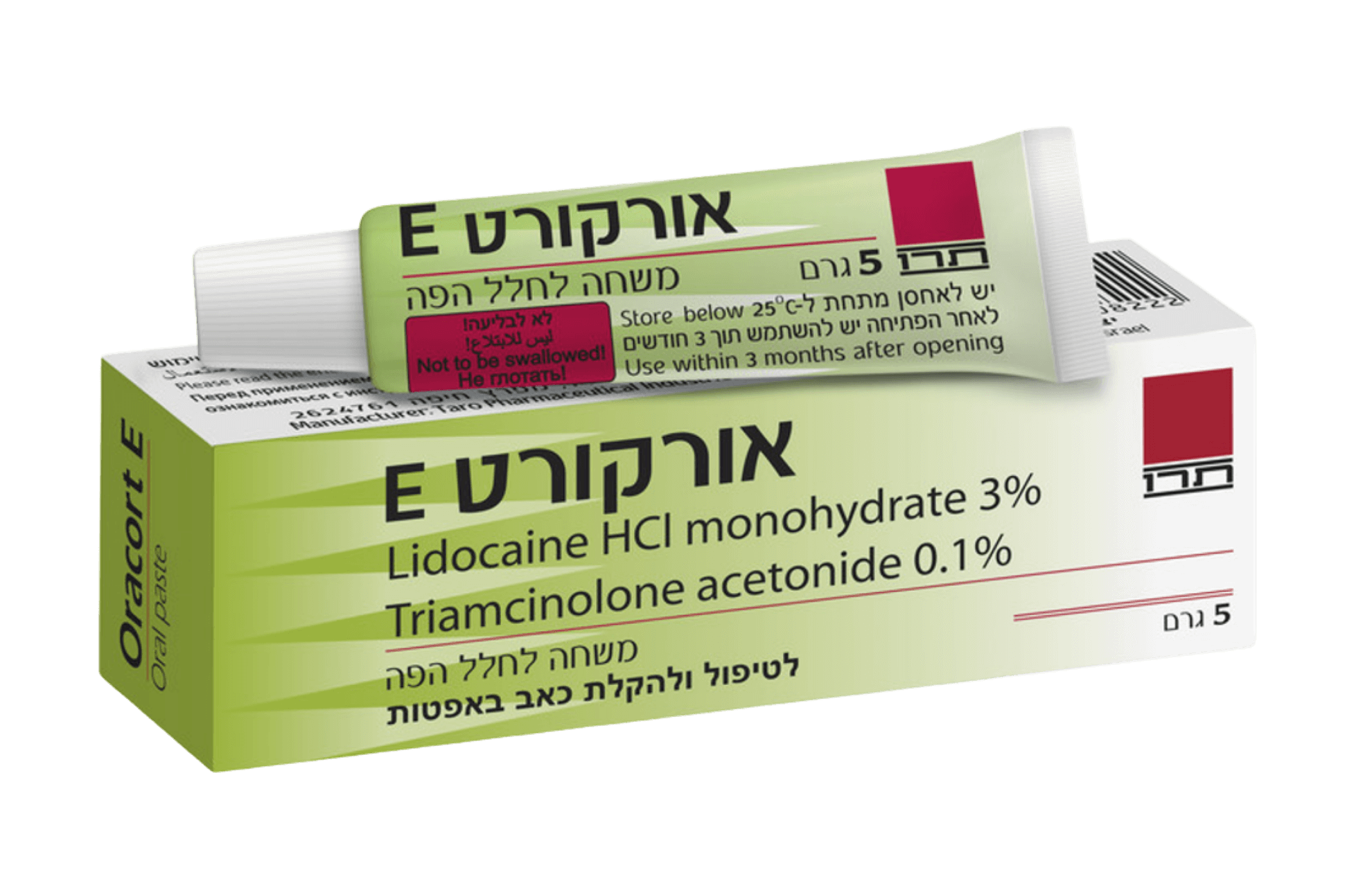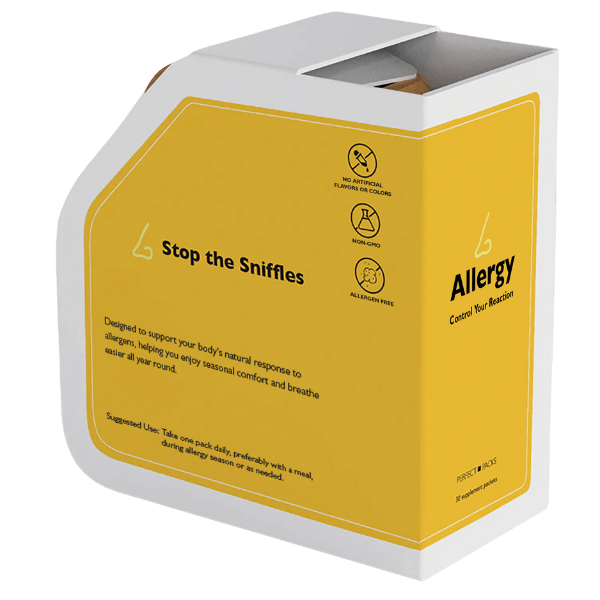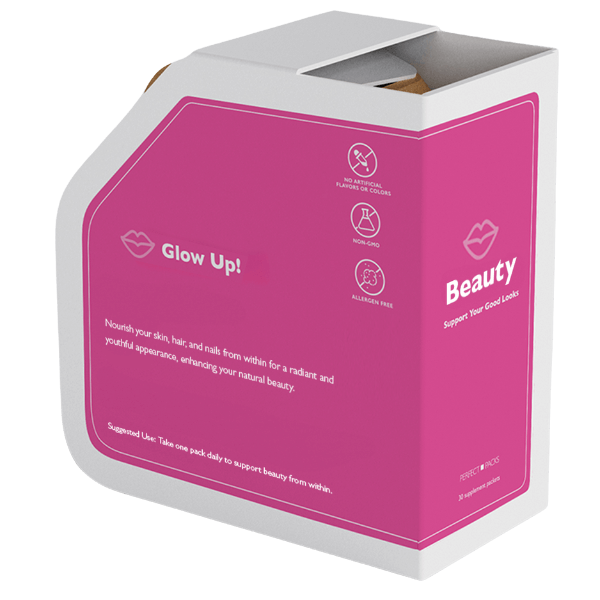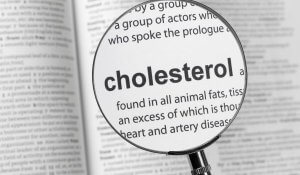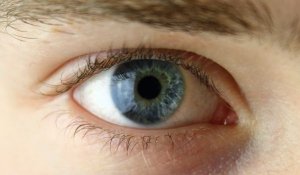This text is for informational purposes only. Please consult a doctor or pharmacist before using any medication.
Read the information leaflet that comes with the medication.
If a sudden allergic reaction (anaphylaxis) occurs shortly after applying Oracort E, with symptoms like swelling of the face, tongue, or throat making it difficult to breathe or swallow, or there is wheezing, hives, rash, blistering, or peeling of the skin, call a doctor or 911 right away, or go to an emergency room immediately.
Most people who use Oracort E do not experience any adverse side effects. Doctors prescribe this medication because they assess the benefits of such treatment outweigh any likely unwanted effects.
Some of the side effects that have been reported include burning feeling, dryness, itching, blisters, or mild irritation near the application area. Some users may experience swelling, whitening of the tissue, or softening of the mouth lining. These effects usually stop after the treatment ends
Not all side effects are listed here. If these or other unlisted symptoms persist or worsen, consult a healthcare provider or pharmacist
Oracort and Oracort E are approved to temporarily relieve pain, reduce swelling, and aid in the healing of inflammatory or ulcerative lesions in the mouth, such as canker sores or traumatic ulcers. Both can be applied directly to the lesion to ease discomfort and speed recovery. Oracort E’s combination of steroid and numbing agent makes it effective for soothing both pain and inflammation.
Use during pregnancy or breastfeeding is not recommended unless advised to do so by a healthcare provider.
Healthcare providers can also suggest Oracort for off-label uses on other oral issues, including pain from mouth rashes, oral thrush when combined with antifungal medication, or sores from dental work. It may also help with ulceration caused by oral braces, dentures, or irritations after minor surgical procedures.


